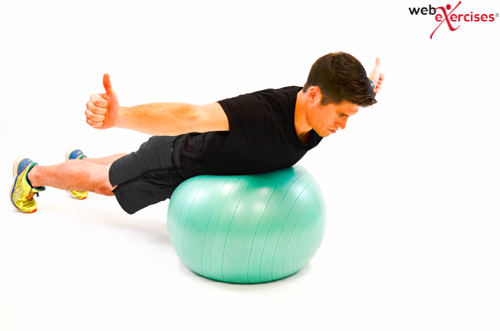
Why Exercise Matters: 5 questions, 5 answers with Karl Sterling, CES, PES, GFS, FNS
Why should exercise be one of the cornerstones of a successful care plan or rehab strategy? How to other providers approach this topic? What can we learn from each other to help our patients succeeding? Over the next few weeks we want to get insights from successful practitioners on why and how exercise matters.
 This week we are excited to feature Karl Sterling, a New York based NASM master trainer who specializes in working with clients who have Parkinson’s Disease. He worked with some of the world’s top researchers and scientists to develop his Parkinsons’ Regeneration Training – a course for fitness professionals and care givers that he now teaches all over the world. Karl also works as an instructor for the Brookbush Institute For Human Movement Science and for the Evidence Based Fitness Academy.
This week we are excited to feature Karl Sterling, a New York based NASM master trainer who specializes in working with clients who have Parkinson’s Disease. He worked with some of the world’s top researchers and scientists to develop his Parkinsons’ Regeneration Training – a course for fitness professionals and care givers that he now teaches all over the world. Karl also works as an instructor for the Brookbush Institute For Human Movement Science and for the Evidence Based Fitness Academy.
WebExercises: How did you come up with the idea of developing an exercise program targeted at people that suffer from Parkinson’s disease?
Karl Sterling: 6 years ago, I went back to college at Syracuse University majoring in nutrition. One of my professors had Parkinson’s disease and after getting to know him, he asked if I would be his trainer. As it turns out, my son was working on his PhD in Parkinson’s research. In light of this, I agreed to work with my professor because I knew my son would give me the best advice on what to do and what not to do.
Around that same period of time, I decided to start a podcast interview series. This led to meeting and interviewing dozens of fitness experts, human movement experts, brain experts, and people in the neurology and neuroscience arenas. I took many of the principles I learned from these amazing people and started implementing with my Parkinson’s client.
We saw such great improvements in movement, mobility, stability, and fall reduction, I started getting referrals from local neurologists to train others with Parkinson’s. After about three years of working with a clientele primarily consisting of Parkinson’s disease (and a few other neurological disorders), I decided to write a continuing education to teach trainers. This has led to extensive domestic and international travel and sharing with trainers and fitness professionals all over the world.
WebExercises: How can exercise help anybody affected by Parkinson’s disease?
Karl Sterling: Exercise is medicine! Exercise can surely help in managing disease symptoms for those with Parkinson’s. A well rounded exercise program can help to improve balance, stability, mobility, gait, cognitive function, multi-tasking abilities, movement, overall quality of life, and reduce falls. In addition, exercise is known to improve sleep function and boost mood. As depression is the number on non-motor symptom for people with PD, exercise is paramount for improving mood and building self-esteem.
In our practice, we have several clients who are confined to a wheelchair. While our programming will be somewhat different for these clients, they experience the same benefits, including the sense of accomplishment which leads to improved mood and diminished depression.
WebExercises: Which exercises are most important when training somebody with Parkinson’s disease?
Karl Sterling: Cardio-respiratory exercise is one the BEST forms of exercise. It helps to strengthen the heart and raise the heart rate. Cardio also helps the BRAIN! In a person with PD, an area of the brain called the substantia nigra is dying. This causes diminished production of dopamine – a neurotransmitter that is responsibility for transmitting signals between areas of the brain. Lack of dopamine leads to awkward or impaired movement.
Maintaining a raised heart rate causes the brain to produce a protein called Brain Derived Neurotrophic Factor (BDNF). BDNF is considered “Miracle Grow for the Brain.” Research shows that as BDNF circulates through the brain, it helps to slow the progression of dying brain cells and may give birth to new brain cells. If we slow progression of dying brain cells, we’re likely to slow down disease progression.
Stability, balance, and agility training is a staple of a Parkinson’s exercise program. People with PD typically experience poor balance. Falling is our number one concern for the person with PD. Working towards improved balance, stability, and movement is a very important part of a PD exercise program.
Interested in joining the discussion? Do you have an approach to share or a story to tell? Email us your opinion to rikeaprea@webexercises.com. We love to hear from you! #WhyExerciseMatters

